
Setting aside fantasy or sci-fi settings, it’s easy to wonder how much, and to which degree, slice-of-life Japanese fiction is rooted in reality. Surely, the most repetitive cliches and cultural tropes must have a basis right?
Well, just like everything else in life, there are nuances behind the intersections of popular fiction and real life and typical Western common sense isn’t always enough to determine the level of plausibility of some of the most frequent portrayals in media. So if you want some answers regarding reality vs fiction in Japan, you’re at the right place! Here we are, uncovering some of the realities behind your favorite shows!
1. Middle or High School students living alone.
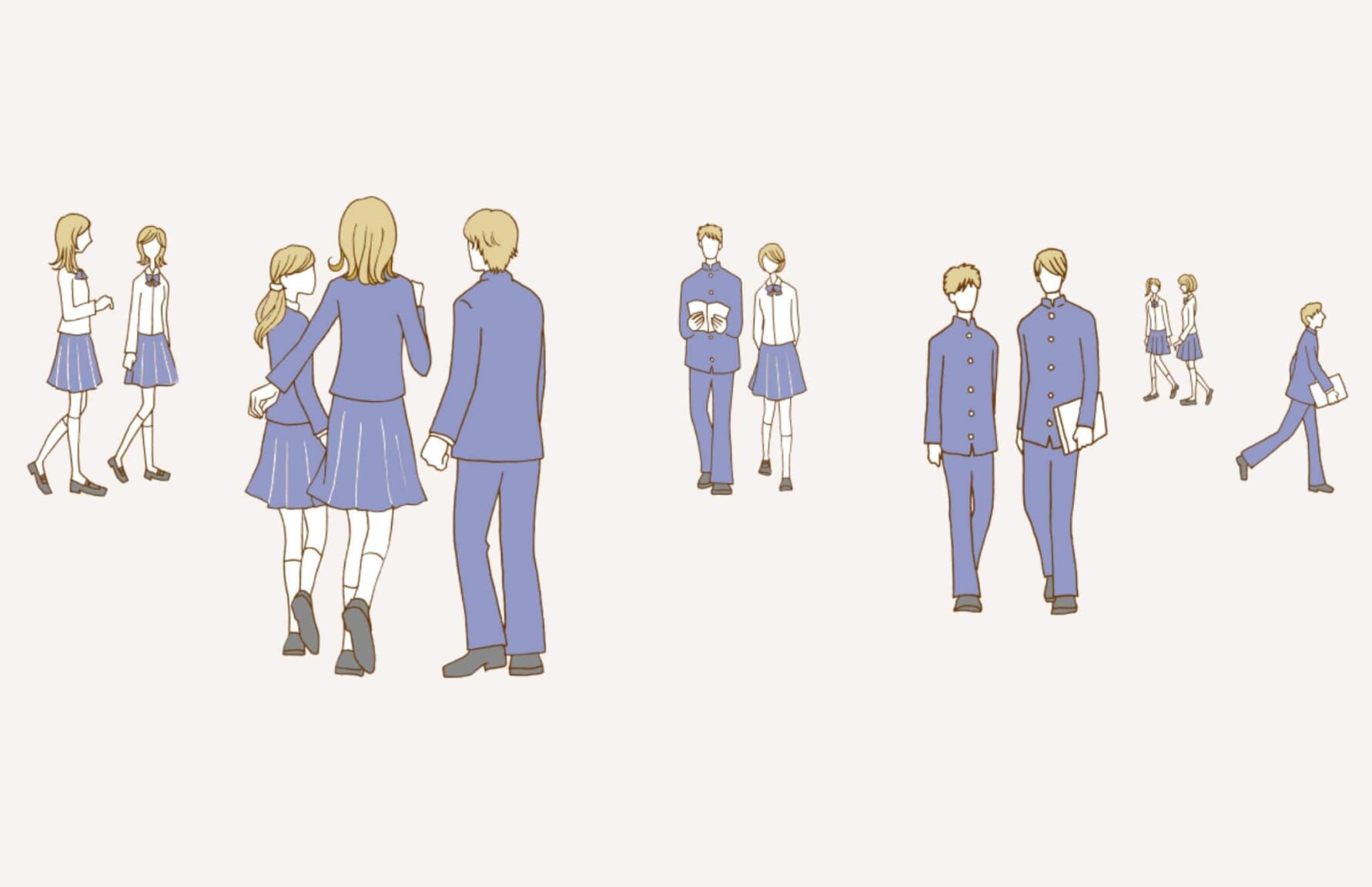
In Japanese fiction, particularly anime and manga, it’s not uncommon to see middle or high school students living independently, and managing their households. This trope caters to the fantasy of freedom and self-reliance at a young age so that’s why it’s so common in titles directed to children or teenagers. It’s also a kind of lazy plot device in cases where having a family or reliable adults around is incompatible with certain story requirements.
Actually, while Japan is known for its safety, the phenomenon of minors living alone is extremely rare. The portrayal in fiction exaggerates the independence of young students, diverging significantly from the typical experience of Japanese adolescents, who usually live with their families until adulthood or higher education.
2. Students on the school rooftop

No plot taking place in school worth its salt will ever miss this cliche. The school rooftop in Japanese fiction often serves as a secret meeting spot or a place for pivotal character interactions. As absurd as it is, this setting is used for its dramatic potential, offering a sense of escape and a panoramic backdrop for significant plot developments.
In reality, access to school rooftops in Japan is generally restricted for safety reasons. Most schools do not allow students to use these spaces for leisure, making this a largely fictional scenario. The trope persists due to its narrative appeal, but it doesn’t reflect the actual policies and safety measures of Japanese educational institutions. Sorry, no picnic with a view during the class break.
3. Love Confessions (Kokuhaku)
 Surprisingly enough, this one is more realistic than you would expect. In Japan, the act of confessing one’s love, known as kokuhaku (告白), is a significant and defining moment in starting a romantic relationship. This confession is typically a straightforward declaration of one’s feelings and an explicit request to start dating. From a Western point of view, this looks tremendously unrealistic and a little cringe, since for us, relationships evolve gradually and organically so most of the time there’s not even a need to make an explicit statement.
Surprisingly enough, this one is more realistic than you would expect. In Japan, the act of confessing one’s love, known as kokuhaku (告白), is a significant and defining moment in starting a romantic relationship. This confession is typically a straightforward declaration of one’s feelings and an explicit request to start dating. From a Western point of view, this looks tremendously unrealistic and a little cringe, since for us, relationships evolve gradually and organically so most of the time there’s not even a need to make an explicit statement.
However, in Japan, this explicit confession sets the stage for a formal relationship. It’s a cultural norm deeply ingrained in the dating process, reflecting a clear and direct approach to romantic relationships. While it might seem overly formal or exaggerated from a Western perspective, in Japan, it’s a standard practice in the pursuit of love.
4. Over-the-top school festivals
 If you ever wished to attend a Japanese school just for the opportunity to engage in their larger-than-life school festivals, I’m sorry for bursting your bubble but that’s not really the case.
If you ever wished to attend a Japanese school just for the opportunity to engage in their larger-than-life school festivals, I’m sorry for bursting your bubble but that’s not really the case.
School festivals, or bunkasai (文化祭), in Japanese fiction, are often portrayed as grand, elaborate events, featuring extravagant performances, intricate decorations, and sometimes even supernatural occurrences.
While real Japanese school festivals do involve significant preparation and are important cultural events, they are generally not as exaggerated as depicted in anime and manga. These festivals typically include class projects, food stalls, and performances, and serve as an opportunity for students to showcase their creativity and teamwork. The portrayal in fiction amplifies these events to create more dramatic and visually stunning narratives because otherwise, normal school routines are boring and no one wants to see that anyway.
5. Honor-bound samurai above anything else.
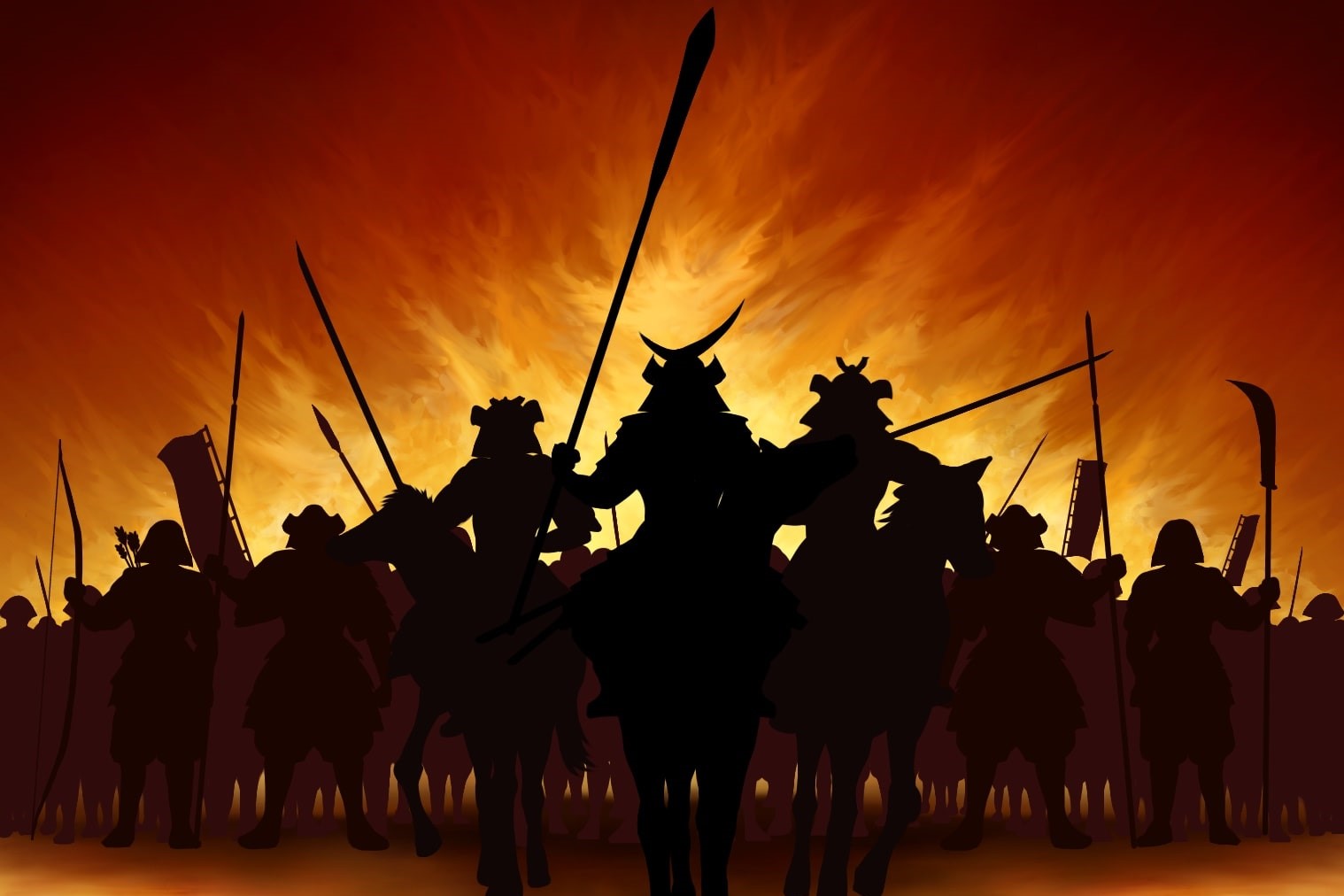 The image of the samurai in Japanese fiction often portrays them as stoic warriors, strictly adhering to a code, which emphasizes honor, courage, and loyalty. This romanticized view, popularized in movies and literature, paints the samurai as almost superhuman figures, bound by honor above all else. In historical reality, the life of a samurai was much more complex and varied.
The image of the samurai in Japanese fiction often portrays them as stoic warriors, strictly adhering to a code, which emphasizes honor, courage, and loyalty. This romanticized view, popularized in movies and literature, paints the samurai as almost superhuman figures, bound by honor above all else. In historical reality, the life of a samurai was much more complex and varied.
They were not only warriors but also served as bureaucrats, poets, and administrators. The adherence to certain codes varied among individuals and over different periods. Moreover, the samurai class was not immune to political intrigue and personal ambitions, so the social landscape was rife with betrayals and clashes for power.
The nuanced historical reality of the samurai contrasts with their often one-dimensional portrayal in fiction which has also been partially a propaganda vehicle, where they are depicted as the epitome of Japanese traditional values and martial prowess. So you may want to think twice before going for that tattoo, just sayin’.
6. Ninjas
 Ninjas, or shinobi, as depicted in popular culture, are often shown as shadowy, superhuman figures with extraordinary skills in espionage, combat, and stealth. This portrayal has been popularized globally through movies, comics, and video games. Historically, ninjas were covert agents in feudal Japan, skilled in espionage, guerrilla warfare, and assassination. However, the reality of their existence was far less glamorous.
Ninjas, or shinobi, as depicted in popular culture, are often shown as shadowy, superhuman figures with extraordinary skills in espionage, combat, and stealth. This portrayal has been popularized globally through movies, comics, and video games. Historically, ninjas were covert agents in feudal Japan, skilled in espionage, guerrilla warfare, and assassination. However, the reality of their existence was far less glamorous.
They were more like spies and scouts than the acrobatic warriors of legend. Much of what is popularly known about ninjas is a blend of folklore, legend, and modern fictional creations, such as those black garments that are actually rooted in Japanese theater when certain characters just needed to be dressed in dark garments to remain hidden on stage.
The true nature of their training, techniques, and operations is exaggerated or misrepresented in fiction. The ninja’s portrayal in popular culture has taken on a life of its own, far removed from the historical and practical roles these individuals actually played in Japanese history.
7. Little kids going to school on their own
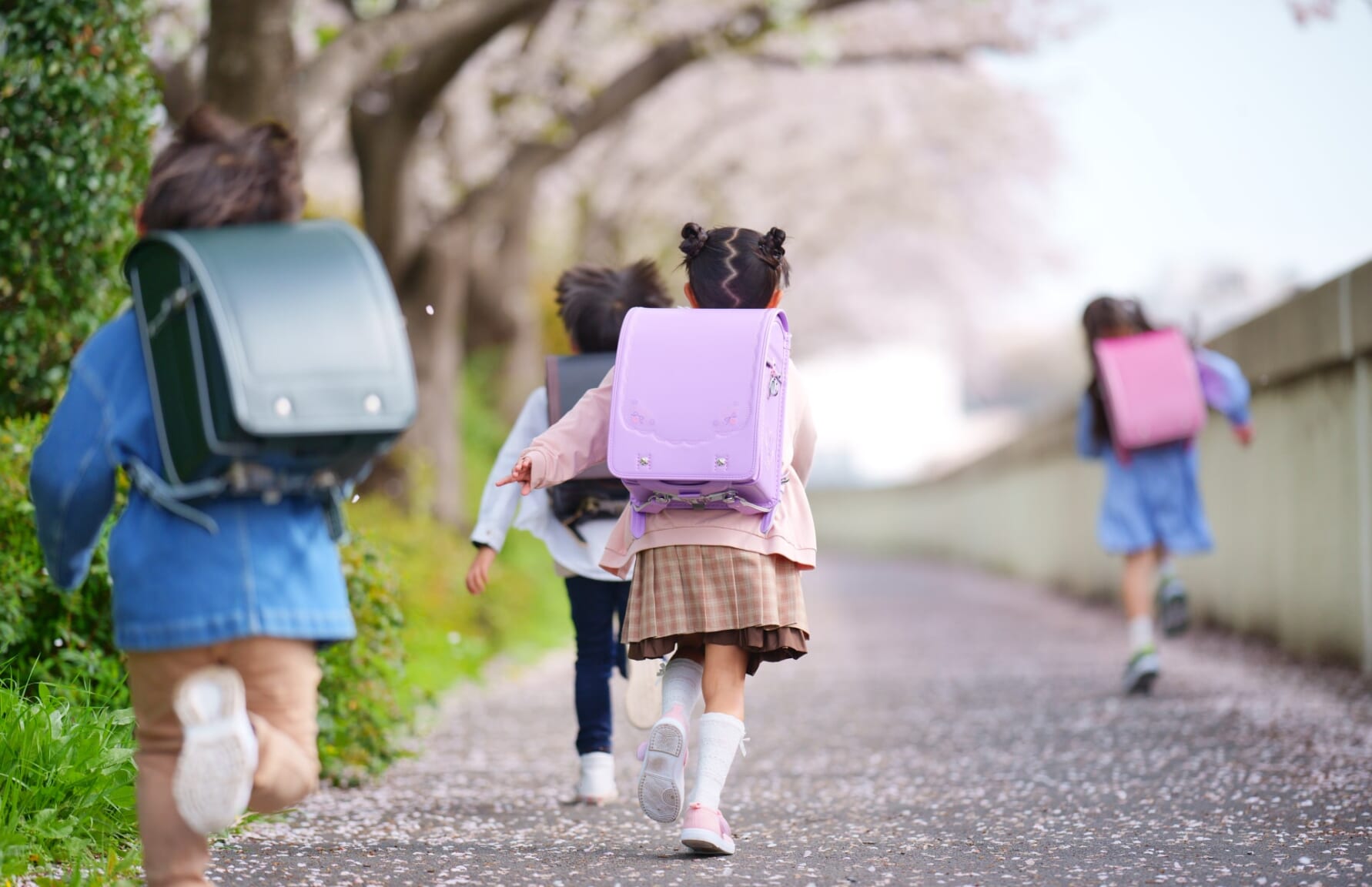 In Japan, it is indeed common to see young children, even those in kindergarten or early elementary school, commuting to school by themselves. This practice is rooted in a societal emphasis on independence and self-reliance from a young age. Japanese society places a high level of trust in its public safety, and the community-oriented culture plays a significant role in ensuring the safety of these children.
In Japan, it is indeed common to see young children, even those in kindergarten or early elementary school, commuting to school by themselves. This practice is rooted in a societal emphasis on independence and self-reliance from a young age. Japanese society places a high level of trust in its public safety, and the community-oriented culture plays a significant role in ensuring the safety of these children.
Parents and schools educate children on road safety, and the concept of ‘group reliance’ is encouraged, where children travel in groups. This practice is a reflection of Japan’s low crime rates and the collective effort of the community to look after its young members. It contrasts with the perception in many other countries where such independence at a young age might be viewed with concern.
8. Tsundere archetypes
 The term tsundere refers to a character archetype in Japanese media that has exploded in popularity in recent years that combines an initially harsh, aloof, or hostile demeanor (tsun tsun) with a later revealed warm, affectionate, or loving side (dere dere). Tsundere characters often undergo a gradual transformation, revealing their softer side typically in response to specific events or interactions with certain characters.
The term tsundere refers to a character archetype in Japanese media that has exploded in popularity in recent years that combines an initially harsh, aloof, or hostile demeanor (tsun tsun) with a later revealed warm, affectionate, or loving side (dere dere). Tsundere characters often undergo a gradual transformation, revealing their softer side typically in response to specific events or interactions with certain characters.
The appeal of tsundere characters lies in this dynamic change, offering a complex and multi-dimensional personality. These traits can be very entertaining and engaging in fiction, as a narrative device used to create tension and development in stories. However, fortunately, they are not commonly observed in real-life interpersonal relationships in Japan. Don’t try this here unless you want people to think there’s something wrong with you.
10. Sneezing when someone talks about you
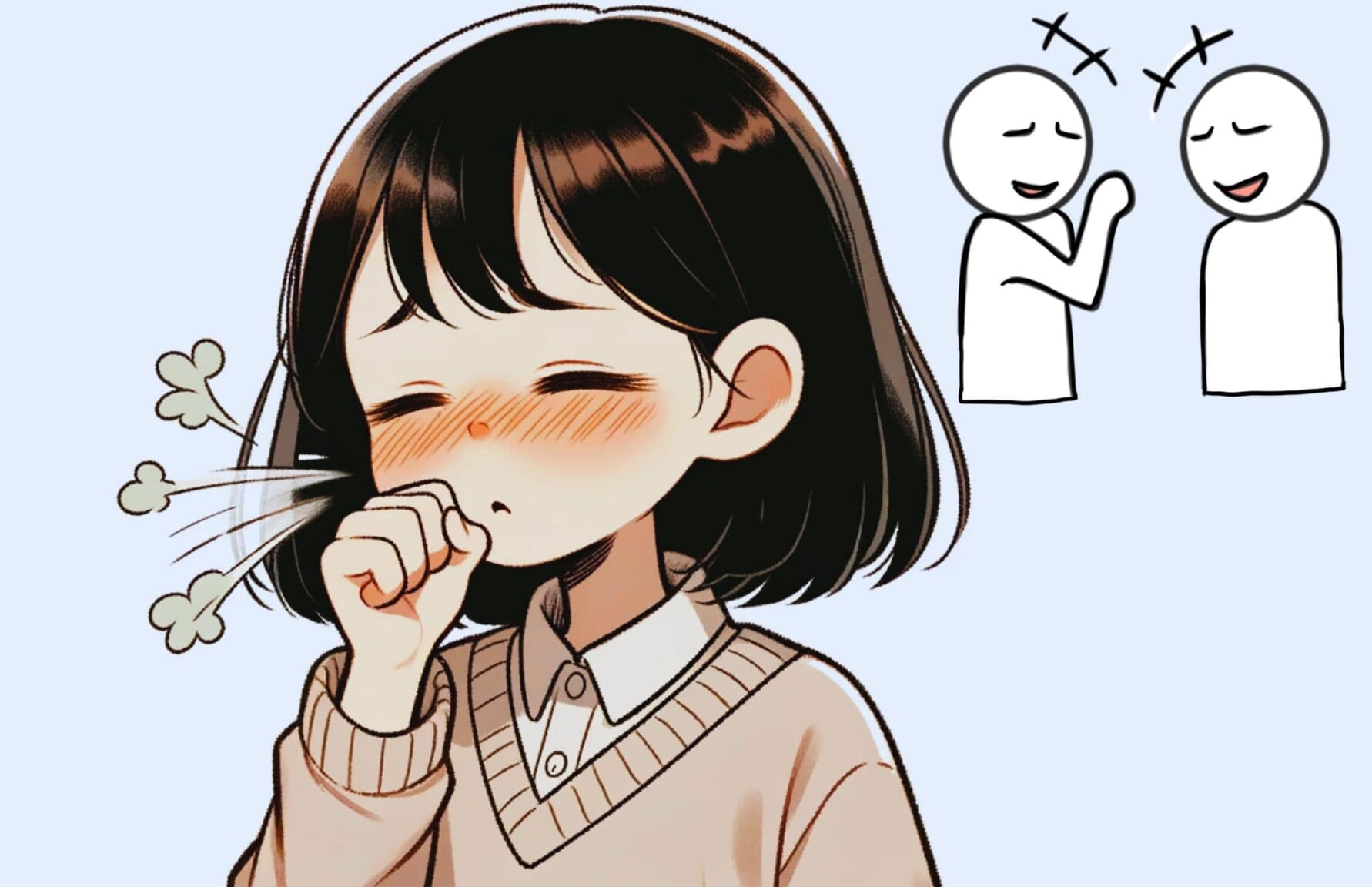 The concept of sneezing when someone talks about you is a common trope in Japanese fiction, rooted in an old superstition. This trope is often used for comedic or dramatic effect, suggesting a character is being talked about or remembered when they are not present, serving as a narrative tool to create a connection between characters or to hint at their importance in the story.
The concept of sneezing when someone talks about you is a common trope in Japanese fiction, rooted in an old superstition. This trope is often used for comedic or dramatic effect, suggesting a character is being talked about or remembered when they are not present, serving as a narrative tool to create a connection between characters or to hint at their importance in the story.
The origin of this superstition has to do with sneezes being seen in ancient times as a bad omen or a possibility of losing your soul through your nose, as it was often a signal of someone catching a cold. As something unfortunate and out of your control, sometimes it was believed to be a result of someone else’s enchantment, which gradually morphed into the belief that someone else is talking about you.
Funnily enough, the number of sneezes may carry additional meanings: once, someone is bad-mouthing you; twice, someone is making fun of you; thrice, someone is in love with you; and then a fourth sneeze just means you’ve invariably caught a cold.
10. Sakura petals flying all over the place
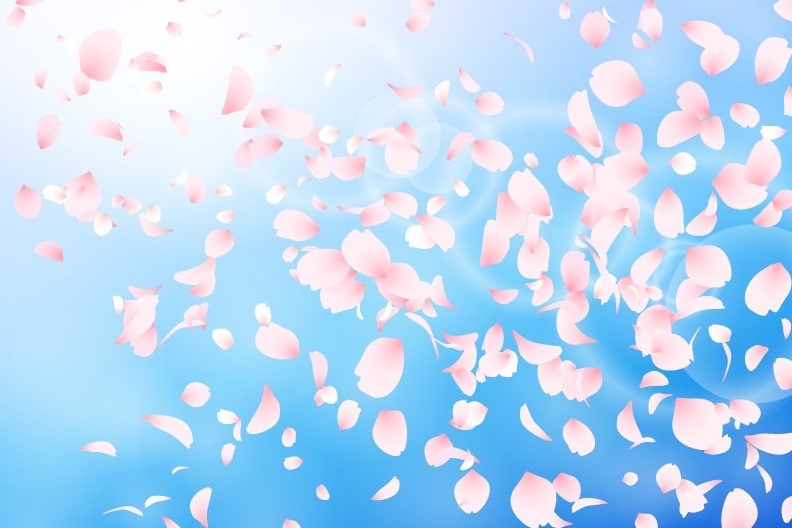
Sakura, or cherry blossoms, are deeply symbolic in Japanese culture, embodying the transient nature of life, a concept known as mono no aware (物の哀れ). The imagery of sakura petals gently falling is a poignant symbol in Japanese art and literature, representing the fleeting beauty of life.
This imagery is prevalent in anime and manga, often used to underscore key narrative moments with a sense of ephemeral beauty. To be honest, before living in Japan and experiencing spring from beginning to end, this was something that surprised me as I didn’t really expect sakura petals to almost literally “rain” on people with the breeze when petals begin to fall down.
11. Bonus Track: Rental of people for various purposes
 Ok, this is not really a trope in Japanese fiction, but it’s so frequent in lots of internet narratives and sensationalistic articles about Japan that it’s worthy of mention as a real-life cultural trope. The concept of renting people for various roles, such as family members, friends, or partners, has gained attention in Japan and abroad, often portrayed as a widespread and sensational aspect of Japanese society.
Ok, this is not really a trope in Japanese fiction, but it’s so frequent in lots of internet narratives and sensationalistic articles about Japan that it’s worthy of mention as a real-life cultural trope. The concept of renting people for various roles, such as family members, friends, or partners, has gained attention in Japan and abroad, often portrayed as a widespread and sensational aspect of Japanese society.
While these services do exist, they are not as commonplace as some narratives suggest. These businesses cater to specific needs like companionship or filling in for absent family members at social events. The reasons behind using such services are diverse, ranging from loneliness to social pressures.
However, it’s important to note that this is not a mainstream practice but rather a niche service within a society that highly values social conformity and appearances. If you think this is very weird, the general population in Japan agrees with you. The portrayal of this phenomenon in media and online discussions often amplifies its prevalence and can lead to misconceptions about its role in Japanese culture.
In fact, the huge majority of companies mentioned in articles about this practice do not even exist anymore!
How many of these tropes were you familiar with? It’s funny when you think about how these elements, while often dramatized in media, can be are deeply ingrained in the cultural consciousness of the audience, in a way sharing a bit of the character and traditions of Japanese society and highlighting the significant role of cultural narratives in shaping our perception of a nation’s identity. Just make sure you don’t limit your perceptions to the superficial level!
▽Subscribe to our free news magazine!▽
For more information about culture and travel in Japan, check these articles below, too!
▽Related Articles▽
▼Editor’s Picks▼

Post a Comment